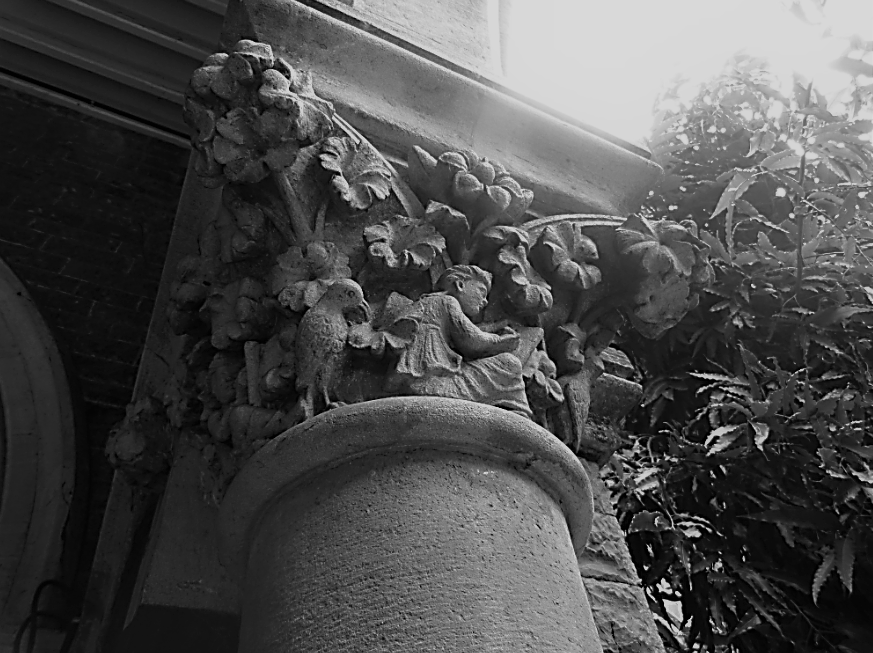By Glenis M. Mendonca
Issue no. 10
The short story is a favourite among Konkani readers due to its brevity, realistic setting, tension-filled well-knit plot and limited characters, familiar and inspiring. In this time-conscious world where lengthy fiction seems stretchy and listless …



















